McKinstry’s John Kearns on Prioritizing Decarbonization

“Earth Day is a reminder of the responsibility that we all have to take care of our planet. For me, it’s a recommitment to the work that we do every day, but also a reminder to encourage and participate in programs and policies that advance zero-carbon futures.”
John Kearns is a lead building performance analyst for McKinstry’s Zero+ Planning Group and has been with the company since 2017. Learn more about John’s passion for decarbonization and how he champions energy efficiency in the built environment.
Learn More About John’s Experience
I’m a lead building performance analyst for our Zero+ Planning group. We help customers meet their sustainability and efficiency goals. The projects range from working with existing buildings at the campus or portfolio level to high-performance new construction projects. My work primarily entails benchmarking and understanding existing systems, identifying decarbonized solutions and synthesizing results into an actionable plan.
In grad school, I focused on energy and finding solutions for climate change — I was initially drawn to energy generation like solar, wind and nuclear. Through my internship with McKinstry, I came to understand the impact of the built environment on the climate.
I started as an intern with McKinstry’s Energy team. It was a great crash course in the complexity of existing buildings and the opportunity for energy and carbon savings. It also prepared me for the projects that we work on now. After a few years, I joined the building performance team out of the Engineering department. I spent a lot of time doing energy models for large commercial high-performance buildings.
Our group works in the pre-design/planning phase of a project, which is early in the project lifecycle. That means there are many directions the projects can take — different system selections, different solutions. Success for me is helping our customers understand what it takes to meet their goals and find creative and actionable solutions for them. The answer is different for every project, so we try to identify unique constraints and arrive at a solution as efficiently as possible.
Having a positive impact on the design process is rewarding, knowing we can help owners make more informed decisions that align with both their goals and our goals. It’s awesome when we can change the perception about something that was “too expensive / too difficult / not feasible” with creative problem-solving.
The solutions to climate change are complex and intertwined, and require buy-in from everyone to be effective — commercial building owners, residential consumers, car manufacturers, utilities, etc. Understanding the role we all play is essential or else the solutions won’t make sense, and we won’t feel connected. After that, I think it’s about engaging in the parts that speak to you the most. For me it’s the work we do in the built environment but also supporting programs and legislation that advance a zero-carbon future.
Two come to mind.
- Louisville, Colorado, adopted a climate plan that sets them on a pathway to meet their goals. Louisville was severely affected by wildfires a couple of summers ago with many homes destroyed, so climate change is very present for them. They committed to decarbonizing at the city level, so our team helped develop the plan for their buildings, fleet and on-site solar generation — a plan that was unanimously accepted by their city council. The plan included actionable recommendations and provided the city with different options for decarbonization. They’ll work toward their targets over the next 10–15 years. They’ll be an example for other municipalities.
- We did a project for Seattle University, where I did my undergrad, on decarbonizing their campus. Sustainability is important for both the students and faculty, so it was great to help support those goals. We helped them identify opportunities on campus to focus their time and resources on projects that would have the most impact on their carbon goals. They’ve now identified their highest priority decarbonization measures and have a pathway toward meeting their overall goals.
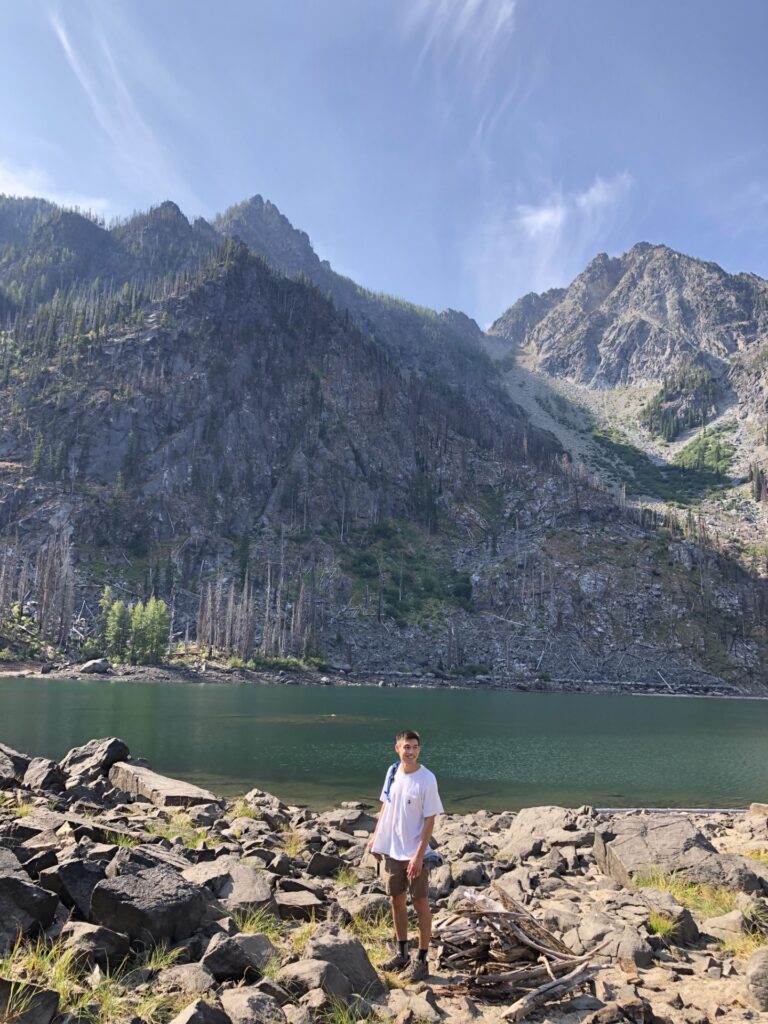
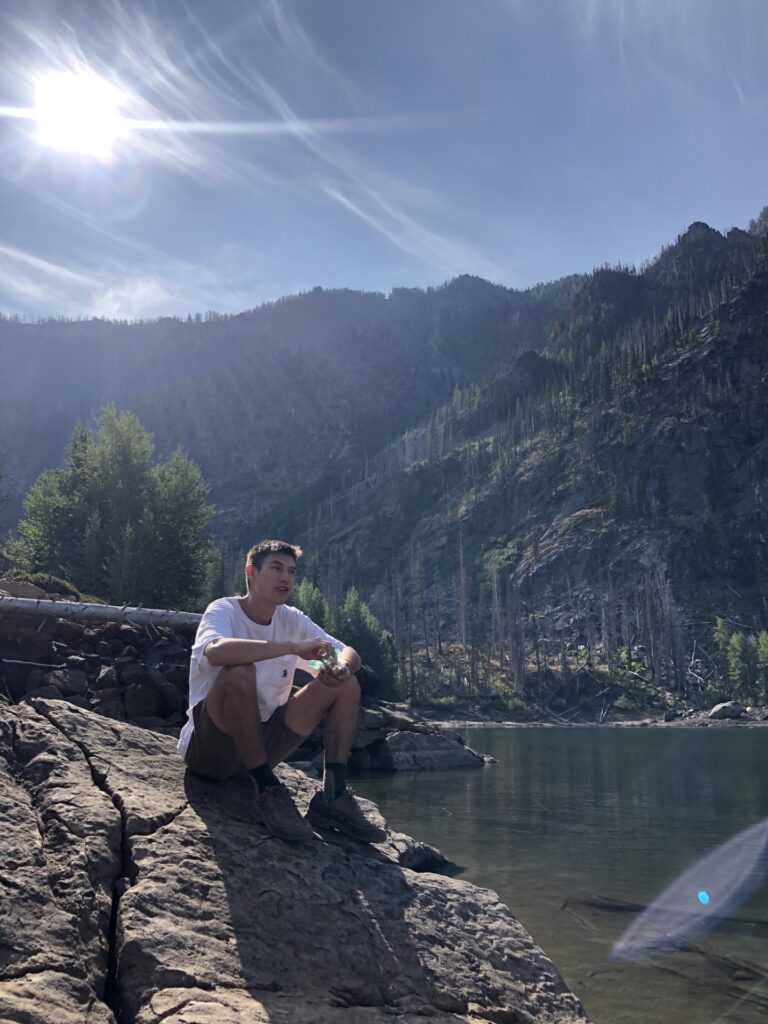


Explore Other Insights
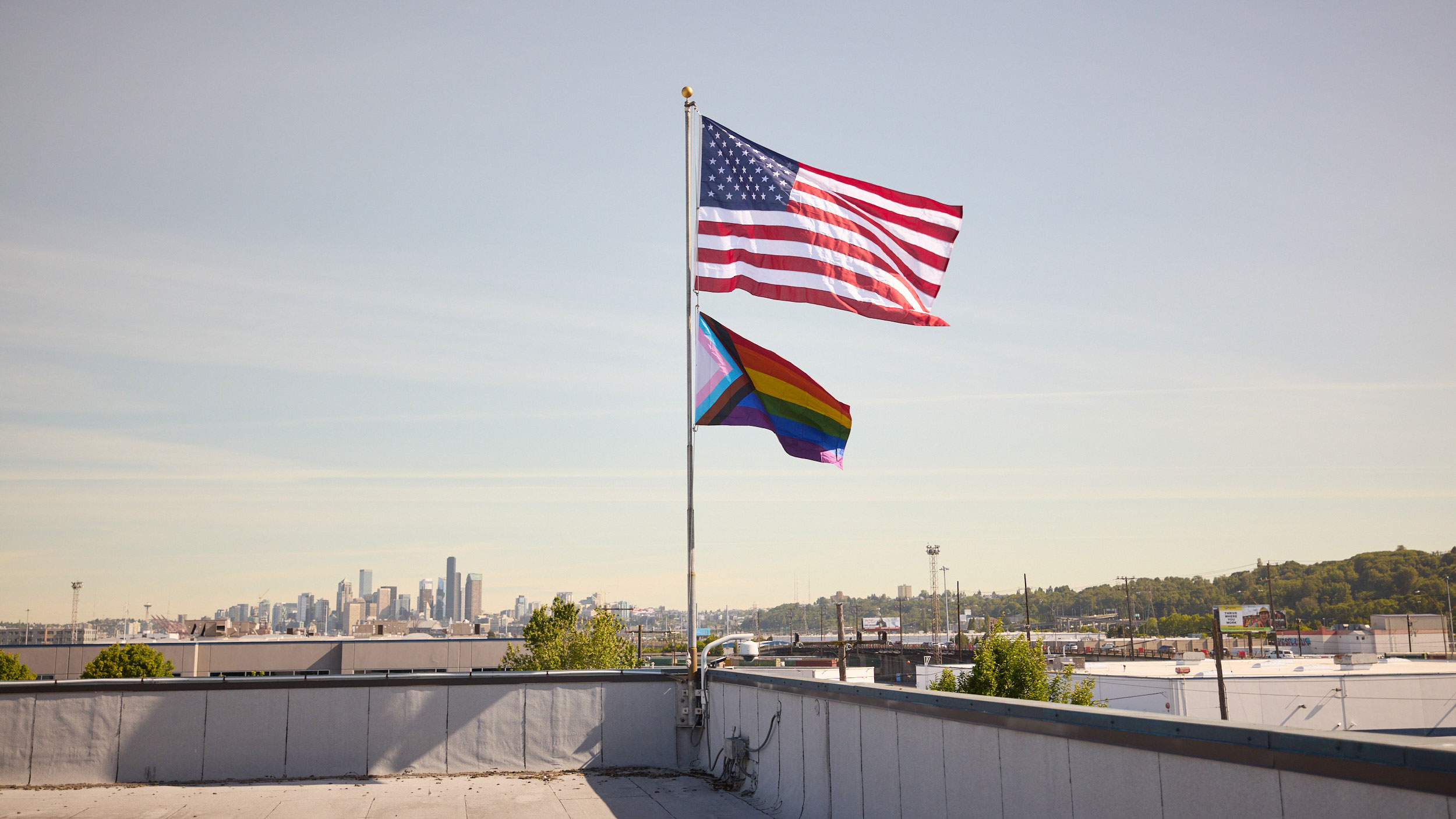
McKinstry’s Pride Alliance
McKinstry Alliances are our version of employee resource groups or affinity groups. Alliances are voluntary, employee…
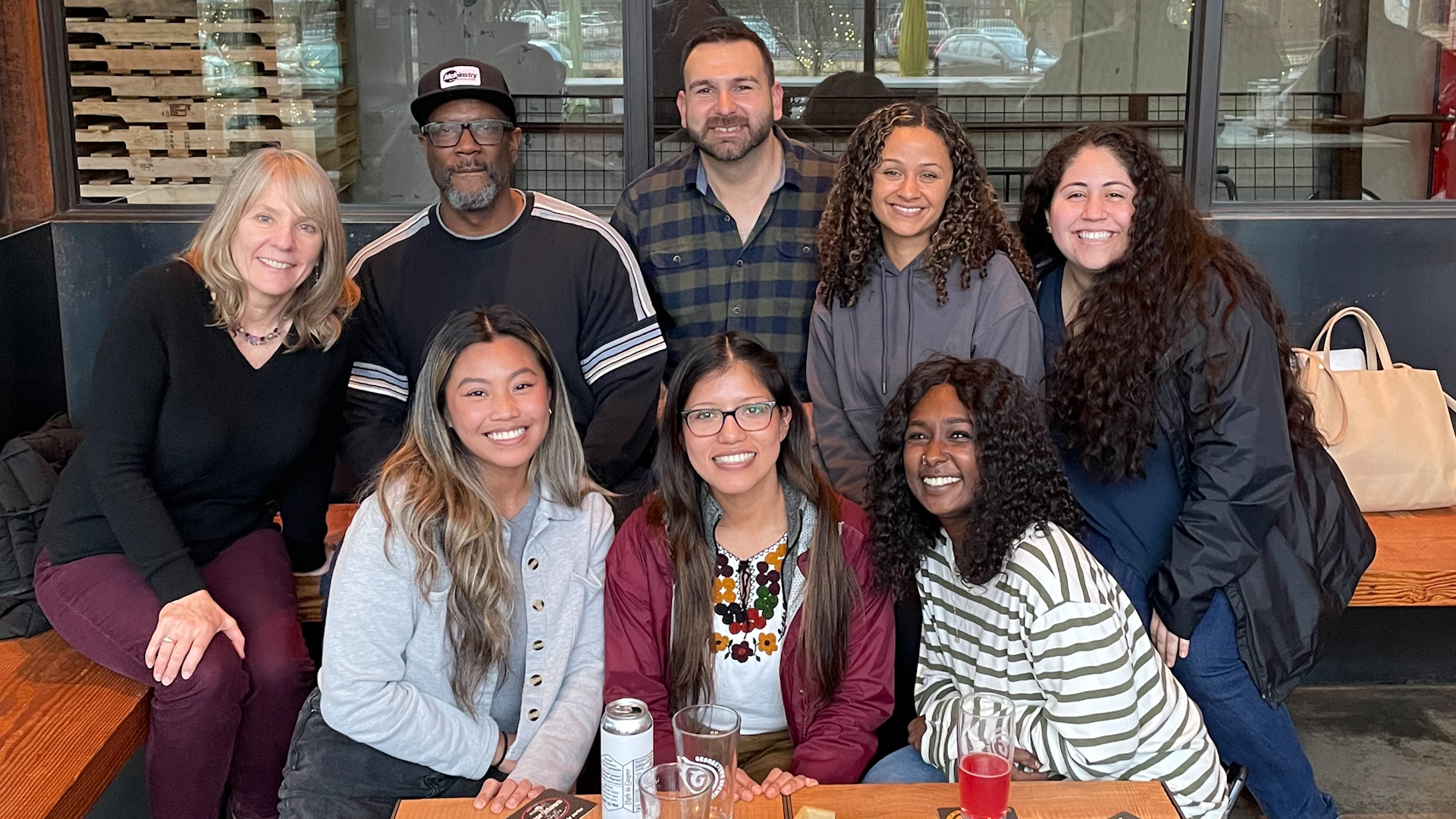
McKinstry Alliance Leader Reflects on Juneteenth Legacy
On June 19, 1865, months after the Civil War ended and more than two years after President Lincoln signed the Emancip…
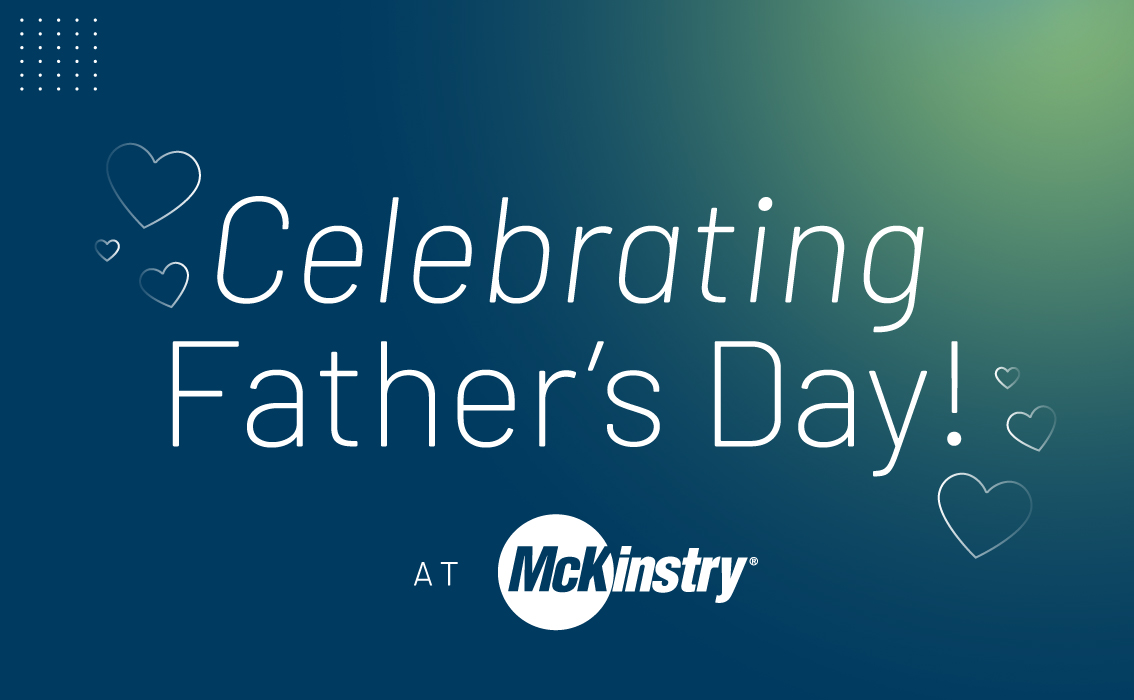
Celebrating Father’s Day
Father’s Day serves as an opportunity to recognize and celebrate those shaping lives and communities through fatherho…